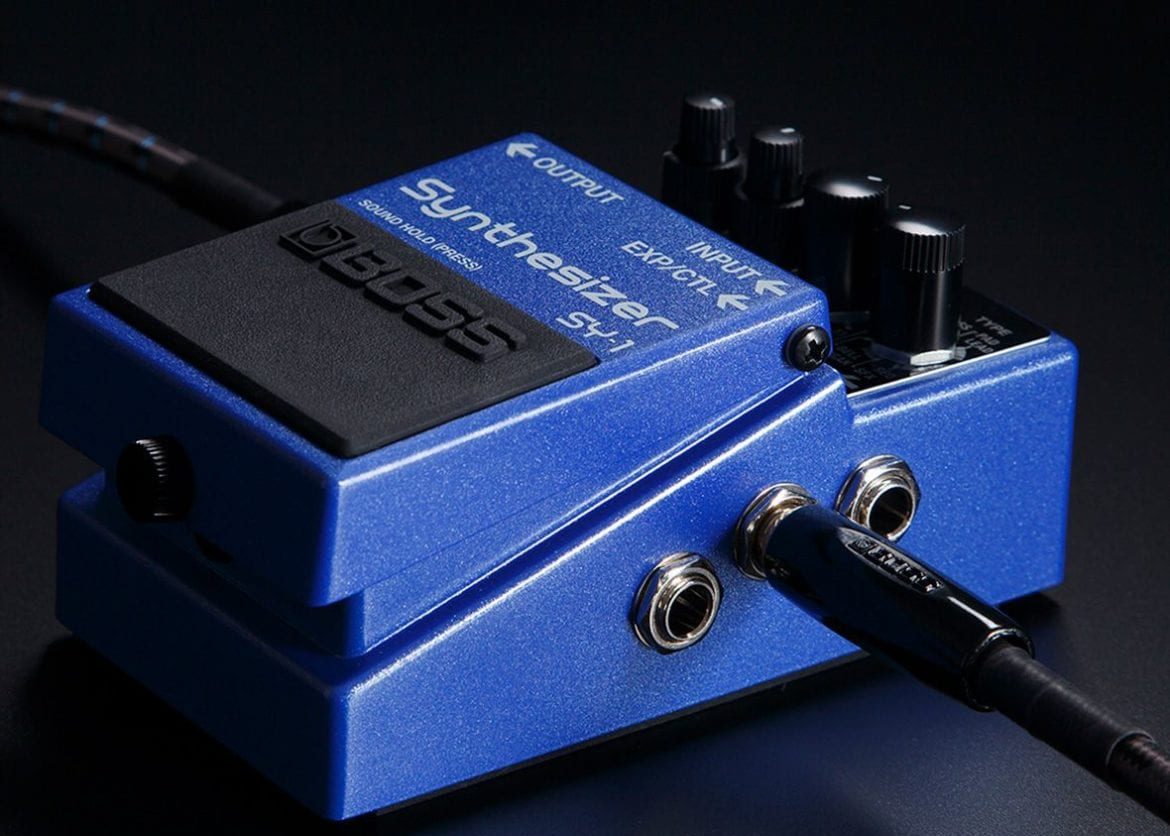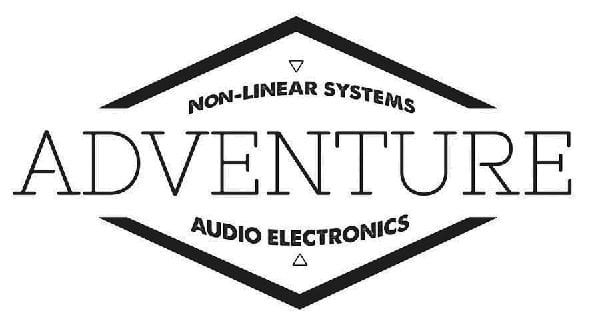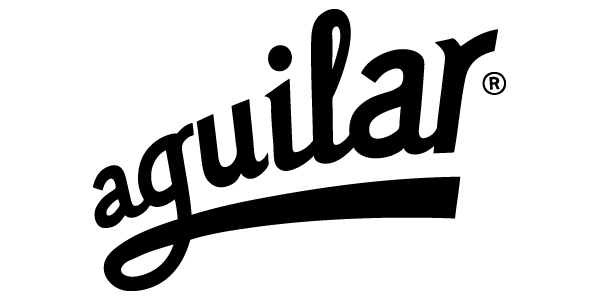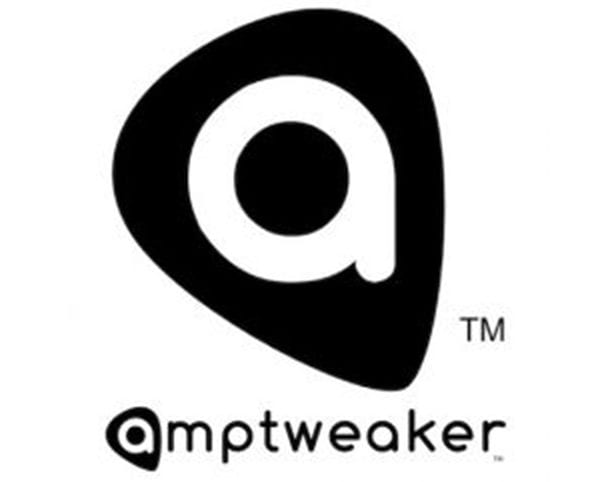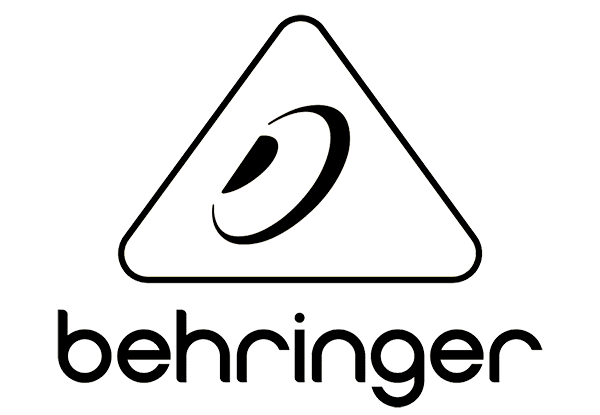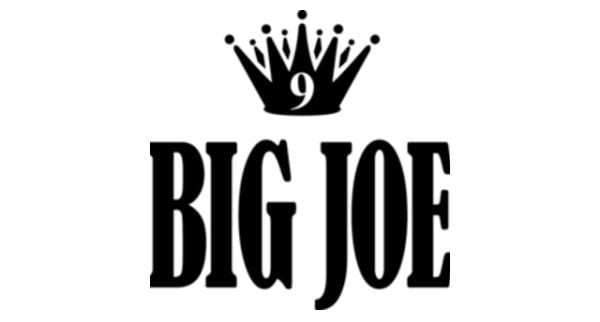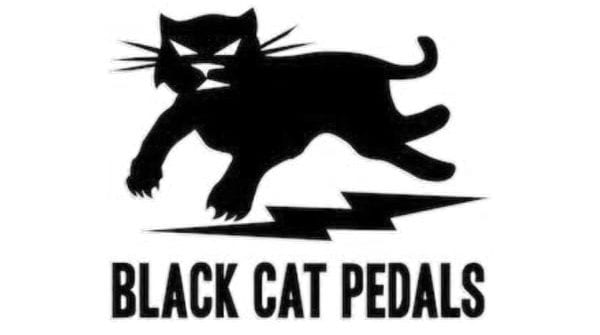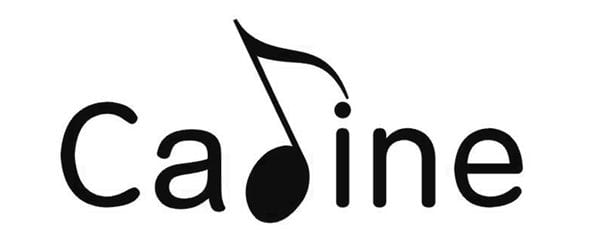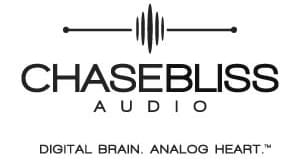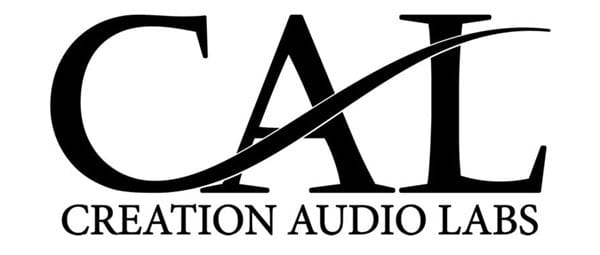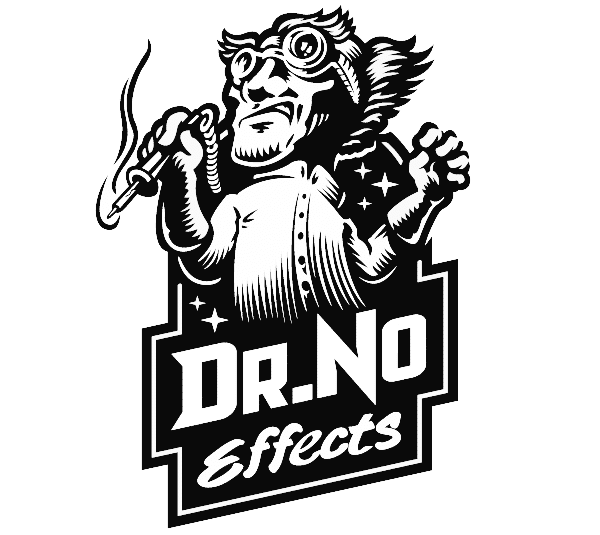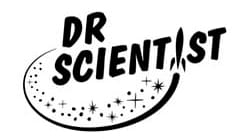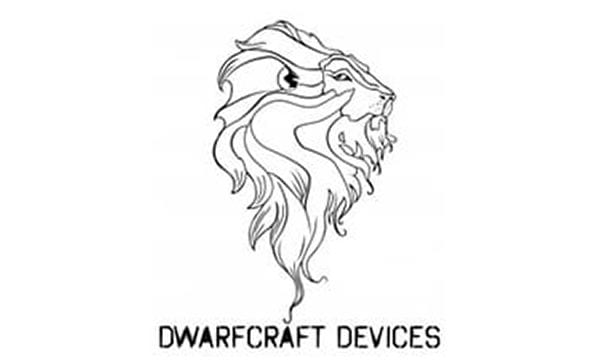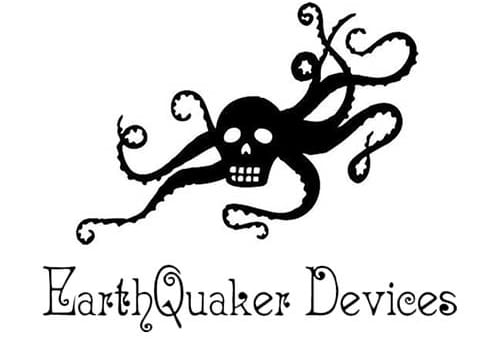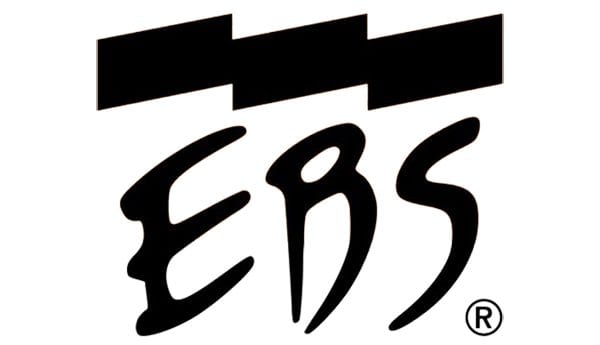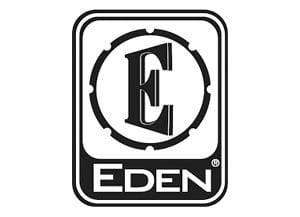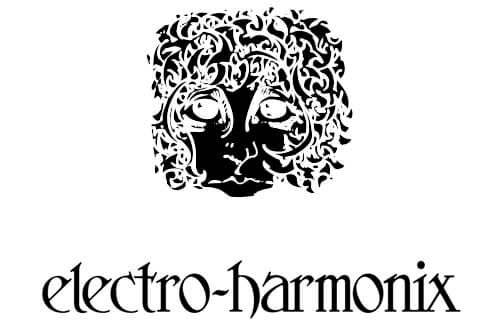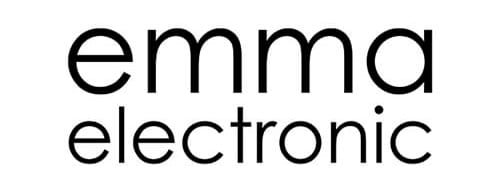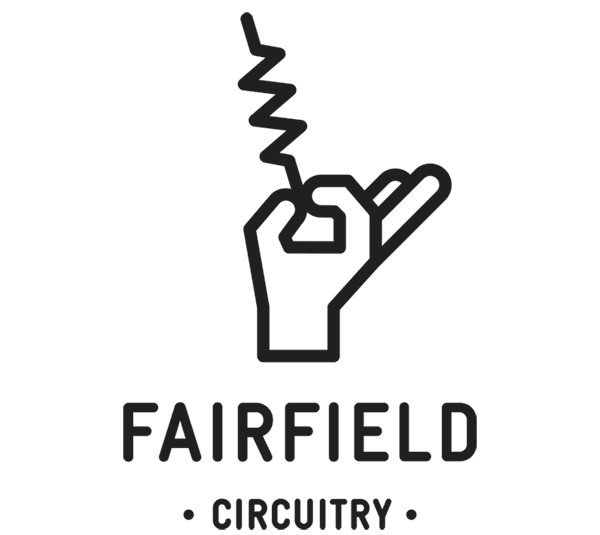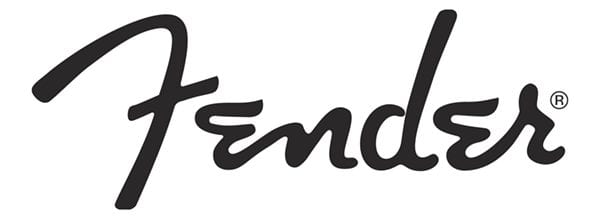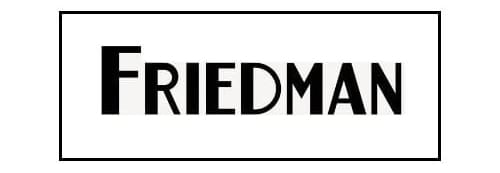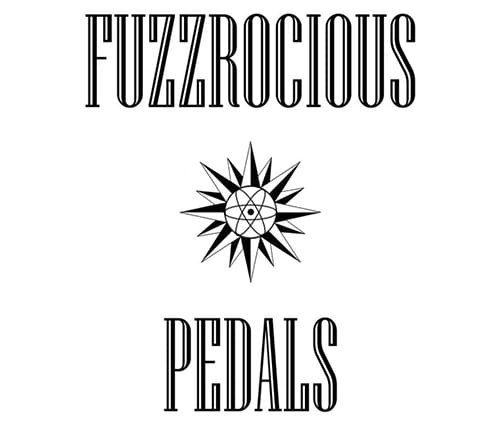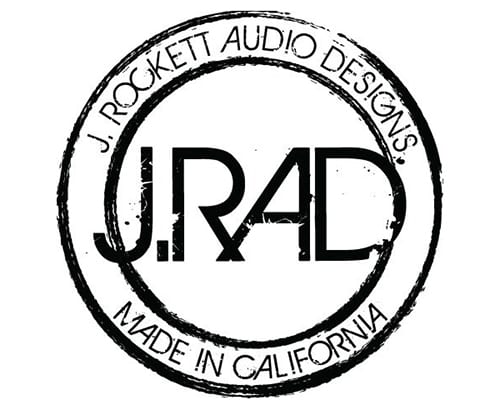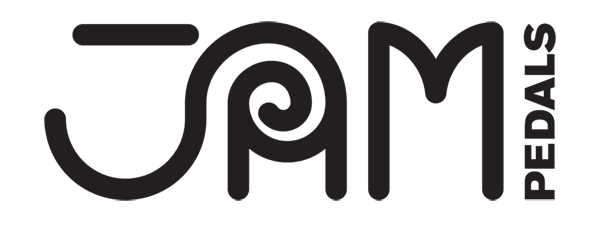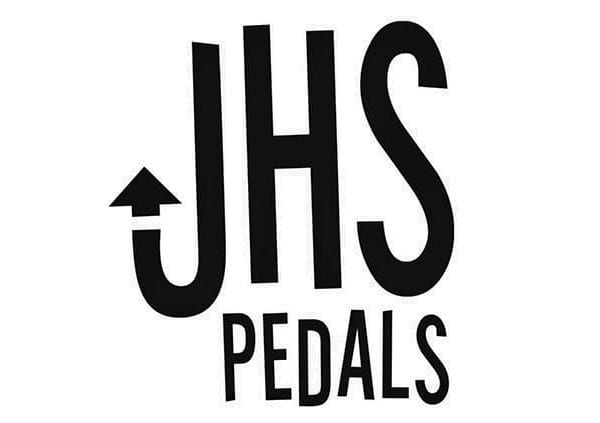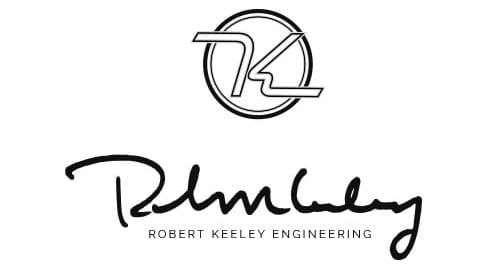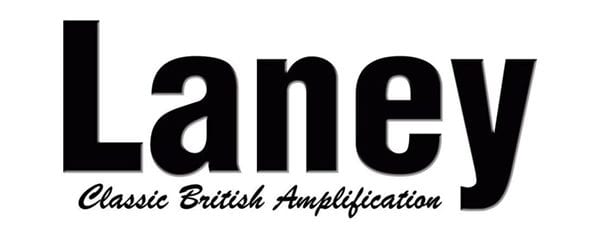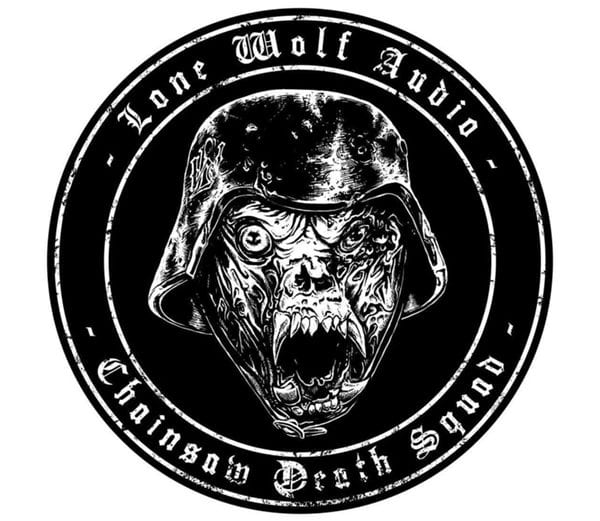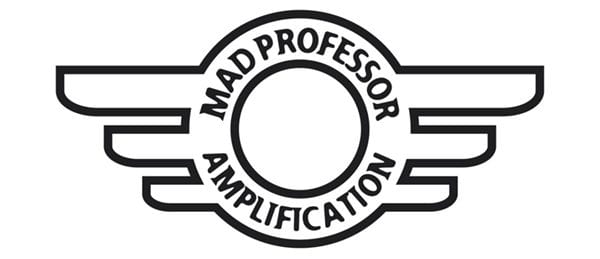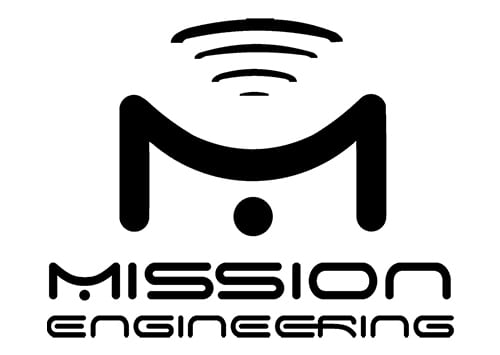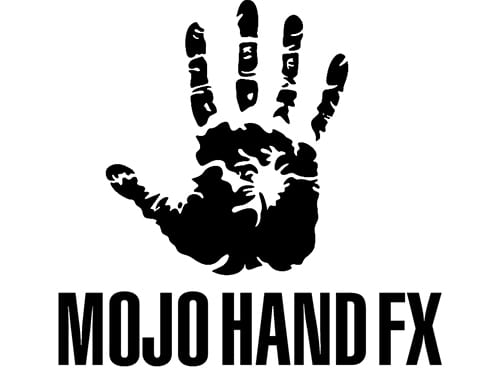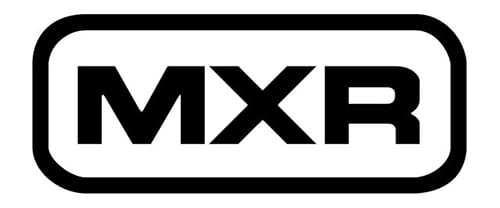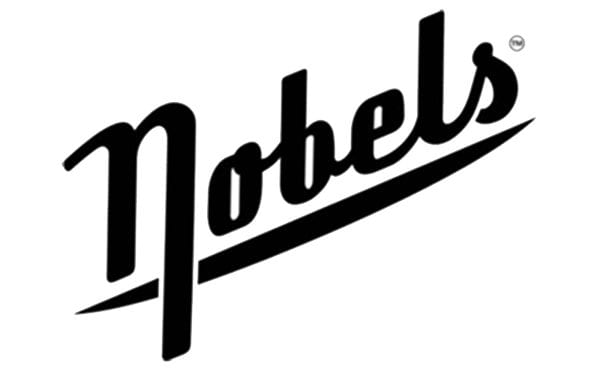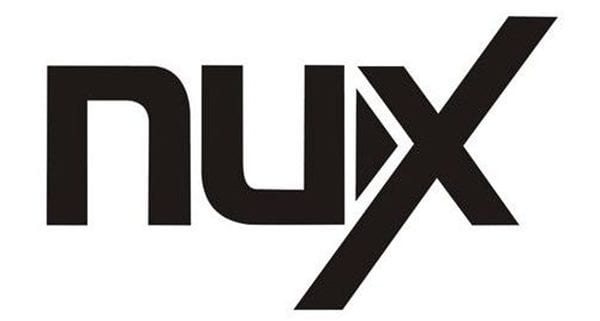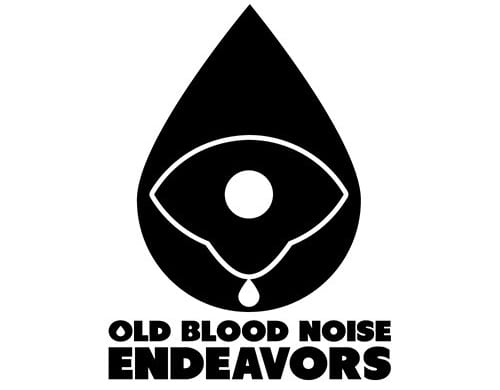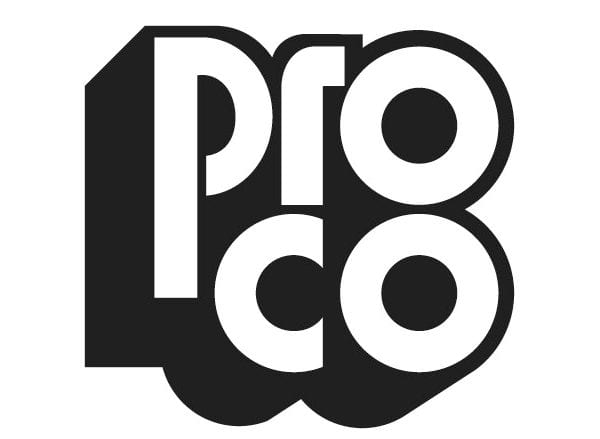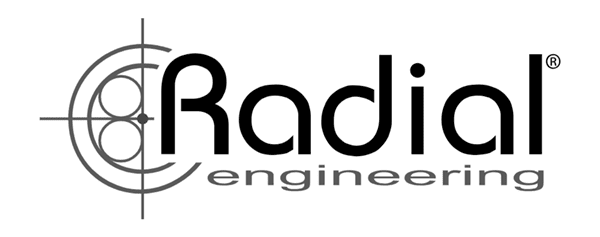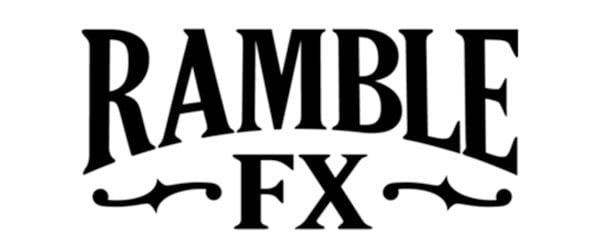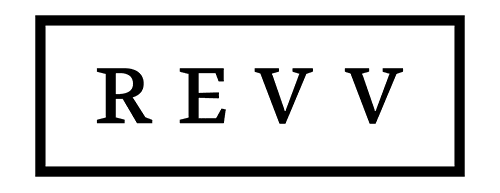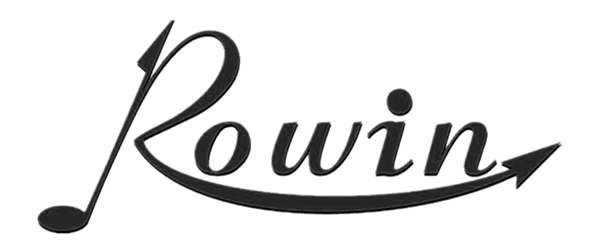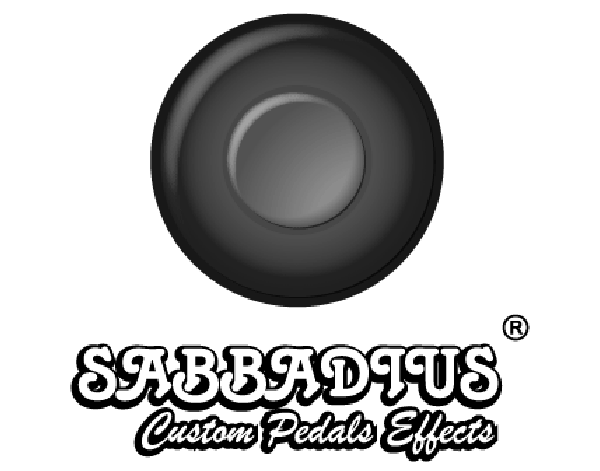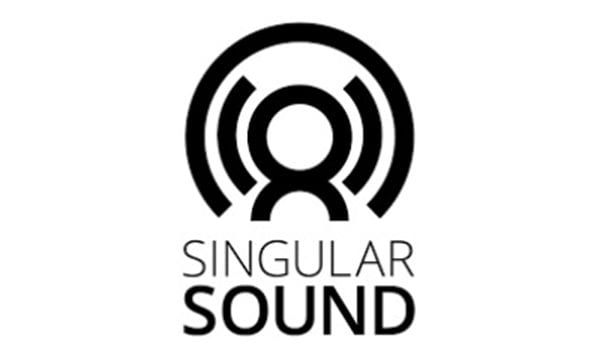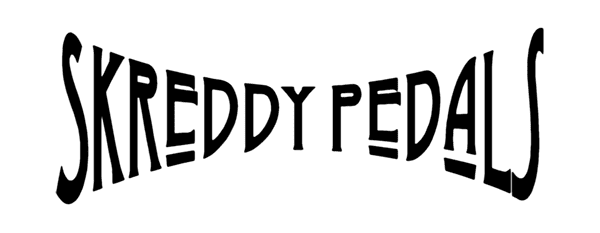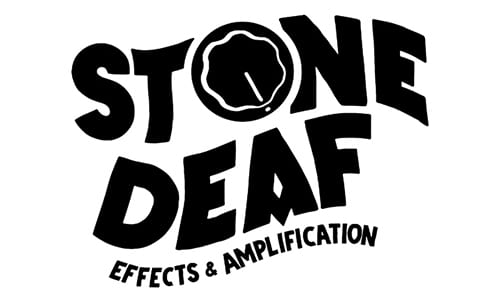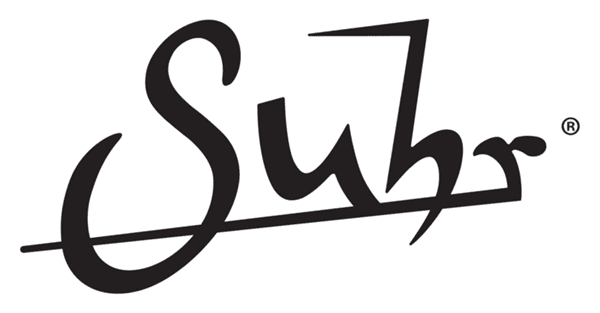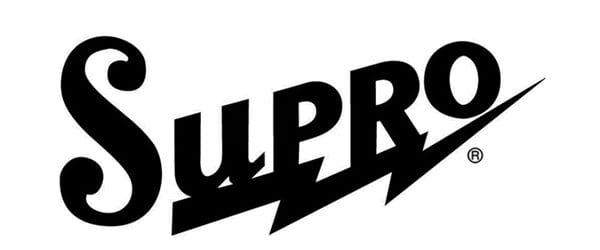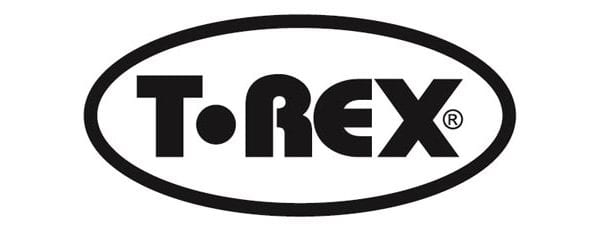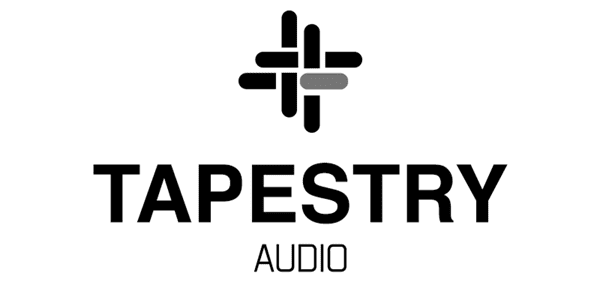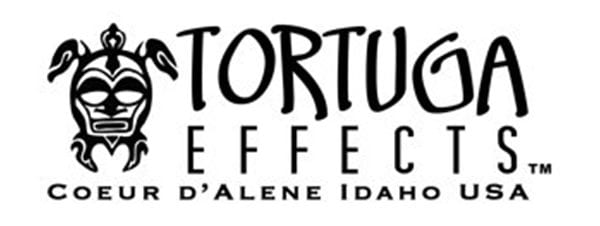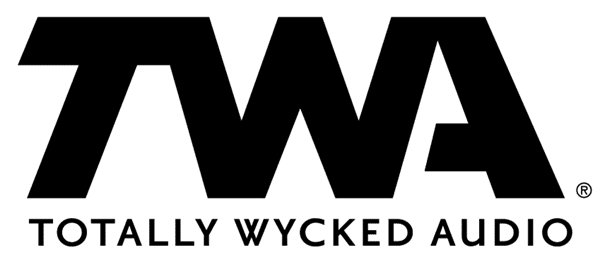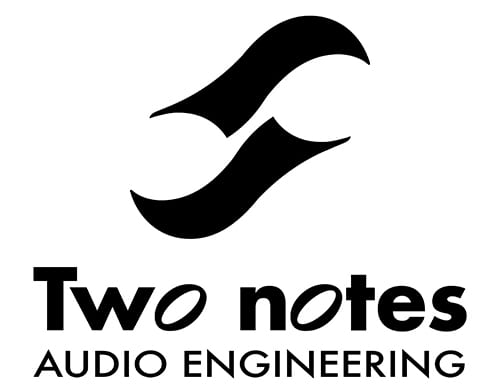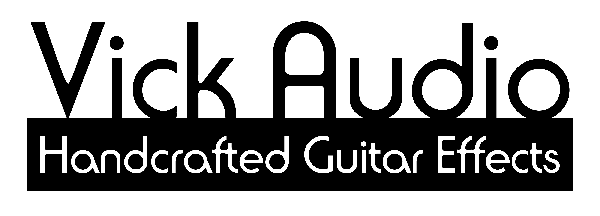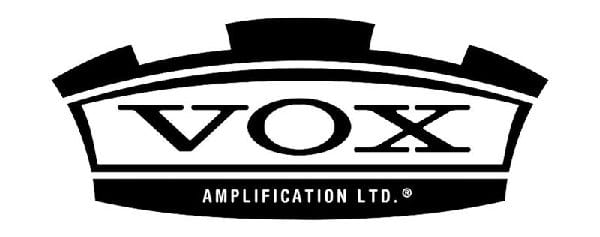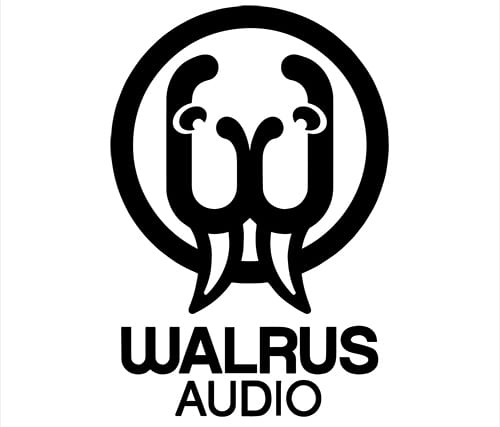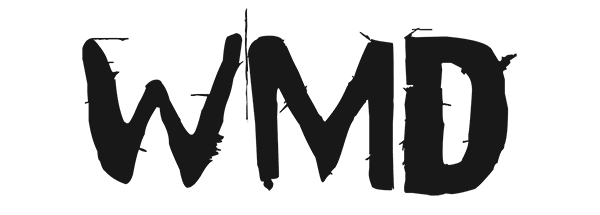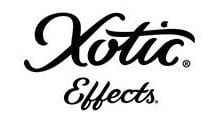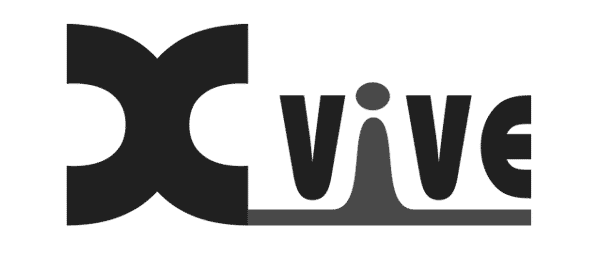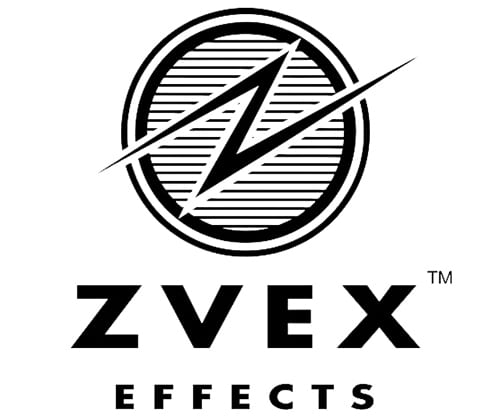We all know that there some some pedals that don’t fall into simple categorical boxes. Extreme fuzz boxes, crazy synthesizers, swooping pitch shifters and harmonizers, fine-tuned tone adjusters—sometimes a unique pedal leaves you wondering how you lived without it, and other times you’ll just be wondering why it exists at all.
In this list, we’ve compiled a variety pack of pedals that may be completely unique, niche, or simply just alone in their genre for this year. Whether you need a subtle boost, compressor, synthesizer, wah, or something a bit more out there, keep reading to see if any of these new pedals jump out at you.
Becos Effects CompIQ PRO Stella Compressor ($279)
 Compression is one of the less-flashy effects out there, but a compressor’s subtle extension of your guitar’s sustain and balancing out of volume is indispensable for many players, especially those who use cleaner tones. With the PRO Stella model of their popular CompIQ compressor line, Becos has packed almost an entire studio rack’s worth of analog compressor options into one stompbox.
Compression is one of the less-flashy effects out there, but a compressor’s subtle extension of your guitar’s sustain and balancing out of volume is indispensable for many players, especially those who use cleaner tones. With the PRO Stella model of their popular CompIQ compressor line, Becos has packed almost an entire studio rack’s worth of analog compressor options into one stompbox.
This pedal has the typical attack and release knobs that make up most compressors’ controls that smooth out a note’s sustain, but it goes much further as well. Wet/dry mix, adjustable sustain, and tape saturation add rich harmonic overtones to your signal. Plus, the adjustable “knee” (the point at which the compressor kicks in) also gives you a lot of versatility. For fine tuning your tone and then polishing off the finish of individual notes, this pedal does a lot while taking up very little space.
BOSS SY-1 Synthesizer ($299)
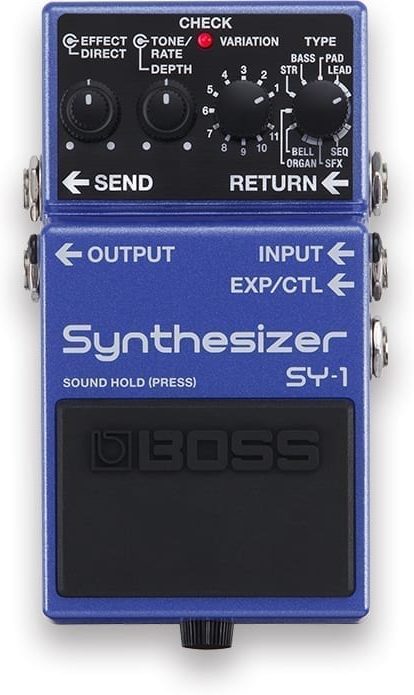 For players who want to use their instruments as a launchpad for other sounds, the BOSS SY-1 guitar/bass synthesizer will not disappoint. It features 12 different dial-selected sounds—organ, heavy bass, strings, bells, SciFi effects, and more—all of which have an ‘80s retro vibe that sounds like it came right off of a Van Halen album.
For players who want to use their instruments as a launchpad for other sounds, the BOSS SY-1 guitar/bass synthesizer will not disappoint. It features 12 different dial-selected sounds—organ, heavy bass, strings, bells, SciFi effects, and more—all of which have an ‘80s retro vibe that sounds like it came right off of a Van Halen album.
What’s more, you have a lot of options for incorporating your sounds into the greater soundscape of your playing, whether solo or with a band. There’s an external pedal jack for expression or tap tempo setting, and an effects loop with controls to fine-tune the balance between the synthesizer and your guitar’s “natural” sound. You can even use BOSS’s iconic on/off pedal as a drone. Hold it down and it will sustain the synth sound in the background as you play lead notes over it. No keyboardist in your ‘80s cover band? Don’t sweat it, just grab this pedal.
The GigRig Wetter Box ($269)
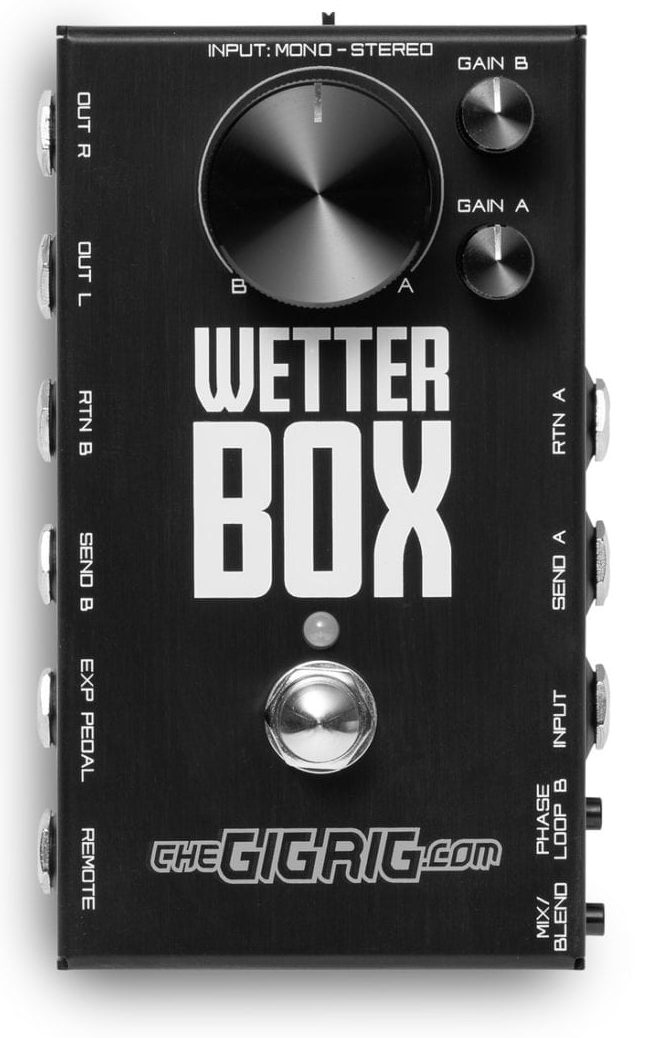 Most of us blend our effects in a series. You’ll do one before the other, drives and distortions first, chorus and modulations further on down the line—you know the routine. But what about mixing effects in parallel? That’s what the GigRig has nailed with their Wetter Box. Basically, you can take two pedals, plug them into the box, and adjust their respective levels for the perfect blend.
Most of us blend our effects in a series. You’ll do one before the other, drives and distortions first, chorus and modulations further on down the line—you know the routine. But what about mixing effects in parallel? That’s what the GigRig has nailed with their Wetter Box. Basically, you can take two pedals, plug them into the box, and adjust their respective levels for the perfect blend.
This opens up huge possibilities. Blending a fuzz and a drive pedal, chorus and distortion, short analog tape echo with long digital delay—all of these are better served in parallel than a linear series. To take it to another level, you can attach an expression pedal to adjust the blending in real-time, effortlessly fading in and out of complementary effects. The Wetter Box quite literally adds another dimension to how you construct your pedal board. The only question is, how many will you need?
Keeley Synth-1 Reverse Attack Fuzz Wave Generator ($179)
 Keeley has produced a tool capable of retro-SciFi-fuzzy-synthy mayhem with the Reverse Attack Fuzz Wave Generator. This pedal gives you a selection of three wave modes, and each converts your guitar signal into a different variety of fuzz and overtone-laden pulses.
Keeley has produced a tool capable of retro-SciFi-fuzzy-synthy mayhem with the Reverse Attack Fuzz Wave Generator. This pedal gives you a selection of three wave modes, and each converts your guitar signal into a different variety of fuzz and overtone-laden pulses.
It’s difficult to convey in words, but imagine if you had a full arsenal of hard-clipped fuzz combined with the ability to adjust volume swell and wet-dry blend to have your clean signal overlaid with whatever level of lightsaber-ish weirdness you wish. The three-way switch between wave modes is easy to control with your foot. Plus, there’s an expression pedal input that gives you the ability to jump between different crushing, sweeping fuzz sounds easily and on-the-fly. For anyone looking to alter their sound into synth realms without a full-on multifunction synthesizer like the BOSS, the Keeley will be a lot of fun.
Mattoverse Drone Tone MKIII ($159)

Mattoverse’s “Square Wave Oscillator,” the Drone Tone MKIII, is a true oddity. It’s not even an “effects pedal” in the traditional sense of altering your guitar’s signal. Rather, when switched on it emits a droning sound that serves as a background for your playing. This sound is subtle and nothing approaching a fuzz distortion.
Think of it as a pleasant, synthy drone that sounds almost as warm as a tube amp’s “hum” after it’s been cranked all the way up, but before you’ve played any notes. Throw in controls for the tone, an adjustable pitch in case you ever play a song that is not in drop-D, and your choice of a dial or tap tempo to change the rate of the drone’s pulse, and you’ll see that there’s a lot you can do with this pedal.
Mooer Tone Capture GTR ($99)
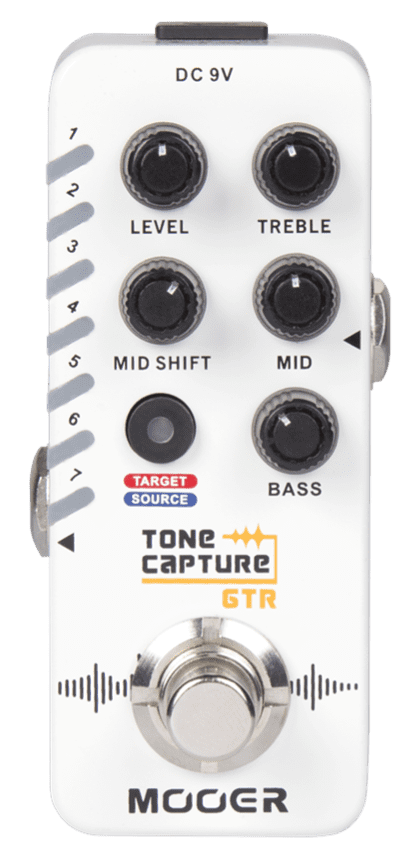 We all know that each individual guitar has its own precise, irreplicable tone. You’d never play a Les Paul when you need a Strat sound, right? Mooer’s Tone Capture GTR may be a unique new solution for players who need multiple, different guitar sounds in quick succession.
We all know that each individual guitar has its own precise, irreplicable tone. You’d never play a Les Paul when you need a Strat sound, right? Mooer’s Tone Capture GTR may be a unique new solution for players who need multiple, different guitar sounds in quick succession.
Here’s how it works: you capture a sample of the guitar tone you wish to use later on, store up to seven different tonal presets at a time, and then pull them up without the need to switch guitars. Leave your valued ‘59 Strat, carved archtop, and Martin D-28 at home, and then get their respective sounds through whichever beater guitar you’ve brought to that $50 bar gig.
The Tone Capture also functions as a stand-alone EQ even without the use of pre-captured tones. It lets you switch between true and buffered bypass as well. With a price-tag under $100 and a micro-pedal size, this is a great tool for multi-genre instrumentalists.
Morley 20/20 Series Wah Pedals ($139-$169)
 New for 2019, Morley has released three of its wah pedals into more pedalboard-friendly sizes. The Bad Horsie ($169), modeled off of the Bad Horsie II Steve Vai Signature pedal, is an incredibly clean optical wah that can switch on and off without noisy pops. As with the original pedal, you have your choice of two wah modes: Bad Horsie, which gives you that screaming wah used in ‘80s metal leads, and Contour, which is a more adjustable mode suitable for those cleaner, more subtle ‘70s rhythm wah sounds (Shaft!).
New for 2019, Morley has released three of its wah pedals into more pedalboard-friendly sizes. The Bad Horsie ($169), modeled off of the Bad Horsie II Steve Vai Signature pedal, is an incredibly clean optical wah that can switch on and off without noisy pops. As with the original pedal, you have your choice of two wah modes: Bad Horsie, which gives you that screaming wah used in ‘80s metal leads, and Contour, which is a more adjustable mode suitable for those cleaner, more subtle ‘70s rhythm wah sounds (Shaft!).
Also available are the Power Wah ($139), which lacks the Bad Horsie’s twin modes but features 20dB of boost, and the Power Wah Volume ($159), which doubles as a swelling volume pedal as well. 2019 is a great year for Morley Wah pedals.
Spiral Electric White Spiral Boost ($199)
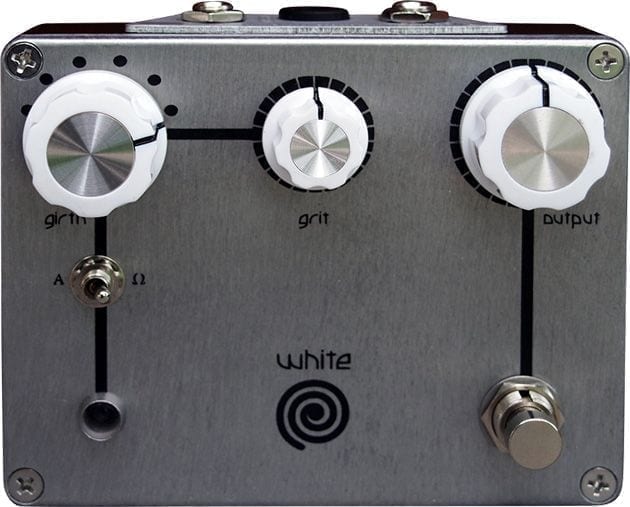 Many guitarists use some sort of overdrive pedal, with the gain turned way down, as a subtle boost to add emphasis and a bit more texture to a clean guitar sound. Spiral Electric, the boutique brainchild of Digitech’s Tom Cram, took this idea and put it into a non-overdrive-specific pedal, the White Spiral Boost.
Many guitarists use some sort of overdrive pedal, with the gain turned way down, as a subtle boost to add emphasis and a bit more texture to a clean guitar sound. Spiral Electric, the boutique brainchild of Digitech’s Tom Cram, took this idea and put it into a non-overdrive-specific pedal, the White Spiral Boost.
The White Spiral is intended as an always-on “Low-Gain Boost Harmonic Stimulator,” using JFET components to brighten and fill up your sound at the end of your signal chain. It’s got pretty simple controls: Output, Grit, and a “Girth” control borrowed from Spiral Electric’s popular Yellow Spiral Drive pedal. Rather than a traditional tone knob, this Girth control limits or boosts bass frequencies. It’s also linked to a switch that can place the bass settings before or after the Grit, which significantly changes the nature of the boost’s edge. If you want something that will give your already-killer tube overdrive that final step into audio bliss, check out the White Spiral.
Third Man/Gamechanger Audio Plasma Coil ($300-$350)
 Third Man Hardware and Gamechanger Audio have collaborated together with Jack White to produce a souped-up version of Gamechanger’s popular Plasma pedals: the Plasma Coil. It’s a great distortion pedal, but like Jack White’s music, this thing defies definition, and jumps well beyond just distortion.
Third Man Hardware and Gamechanger Audio have collaborated together with Jack White to produce a souped-up version of Gamechanger’s popular Plasma pedals: the Plasma Coil. It’s a great distortion pedal, but like Jack White’s music, this thing defies definition, and jumps well beyond just distortion.
Dial in one of the pedal’s plethora of octave circuits, and you can add crazily broken-up overtones to the already searing “Plasma” distortion, adding emphasis and a true “level up” feeling to your leads. The sonic chaos of these octaves is hard to describe, but if you’re a fan of White’s sound, this pedal is a must-have. For an extra $50, you can even snag one in special limited-edition yellow.
In Summary
In 2019, we’ve seen every type of pedal, from normal to bizarre, continue to be refined and improved. Once you’ve built a foundation of standard pedals based on your personal sound preferences, the selections listed above may very well add that essential bit of spice to top it off.
- If you’re looking for industrial, synthy, crushing effects, the BOSS or Keeley will be great. The Audio Plasma coil will similarly push your guitar beyond any distortion you’ll ever need as well. And a perfect background for this apocalyptic heaviness could easily be set by letting the Mattoverse just pulse and drone.
- If you typically play more traditional rock or if you’re primarily a jazz or country guitarist, the Becos and Spiral Electric will compress and smoothly boost your clean tones toward perfection.
- No matter what setup you have on your pedal board, it will be better organized and meshed together with the Wetter Box. Also, the Mooer may let you leave a couple extra pedals or guitars at home in favor of just capturing a tone. Plus, the Morley wahs are taking up less space than ever.

